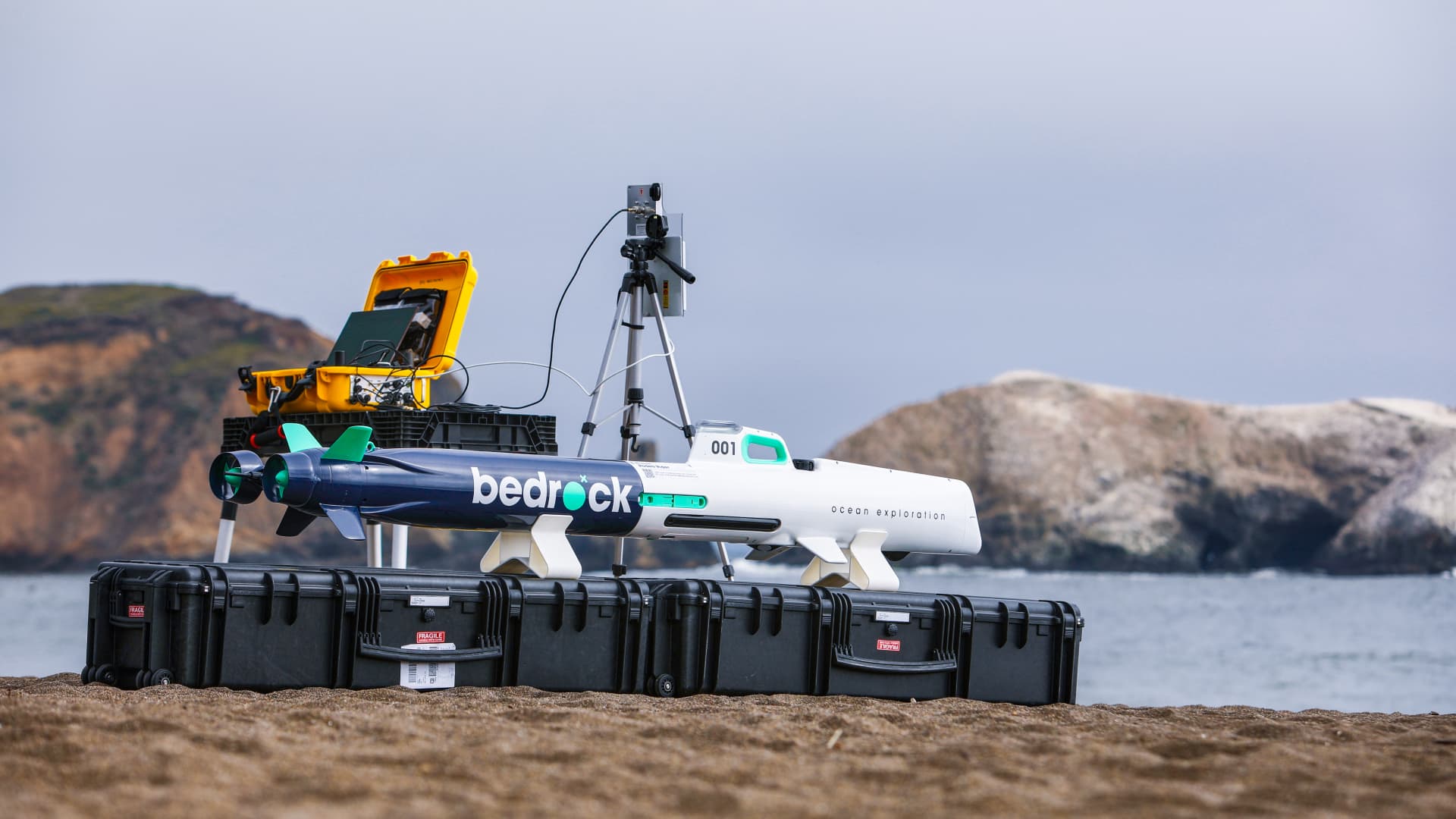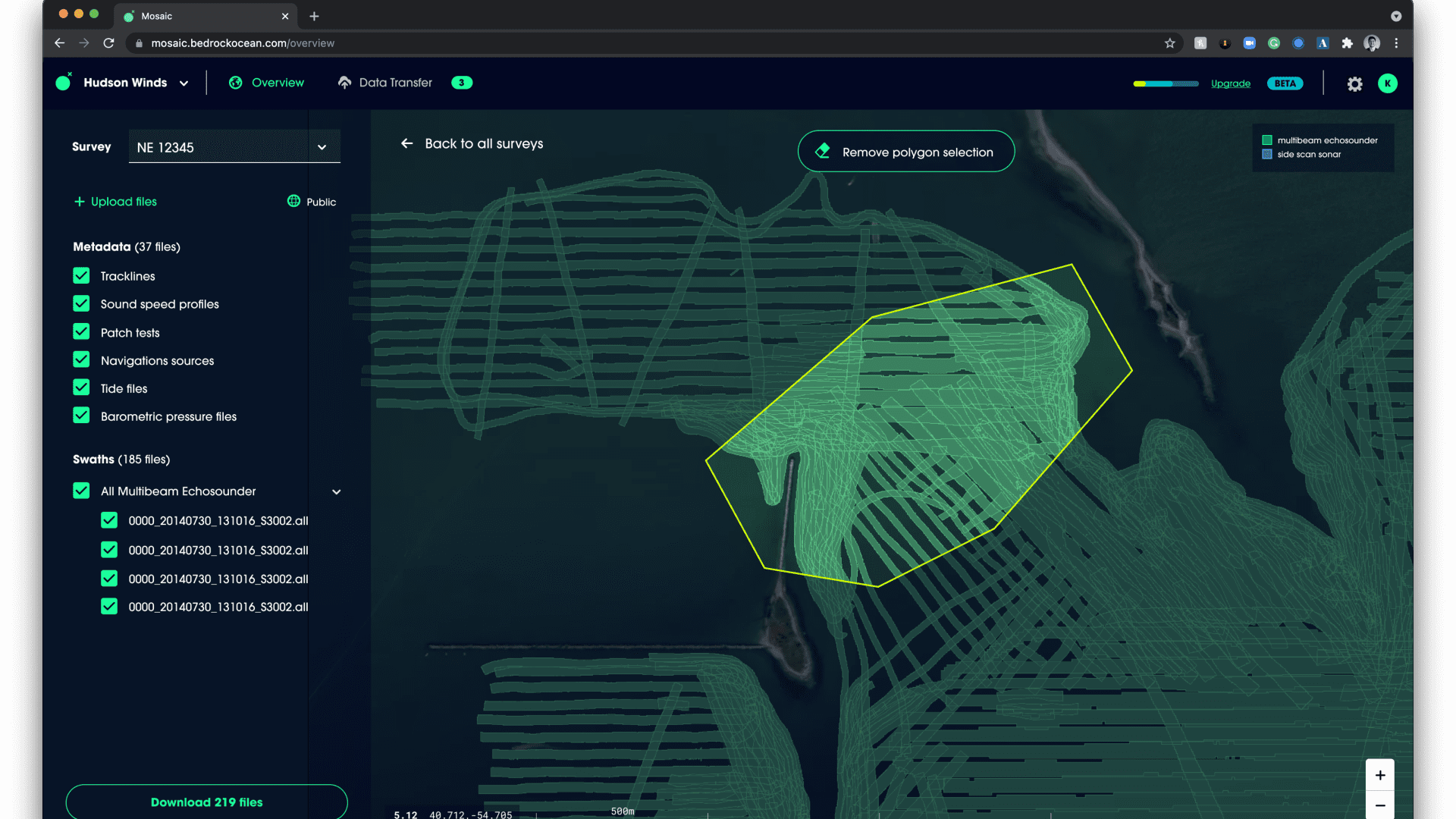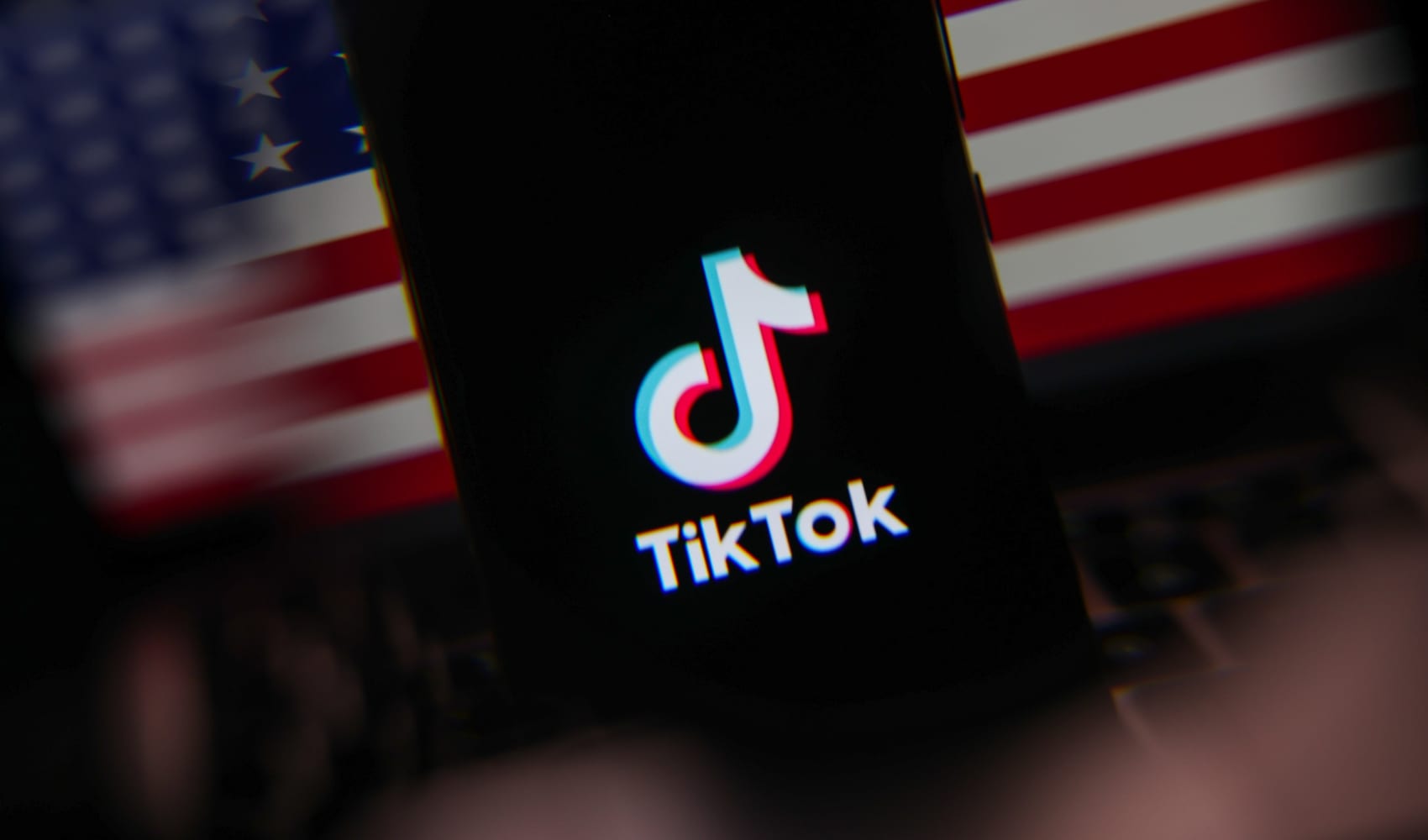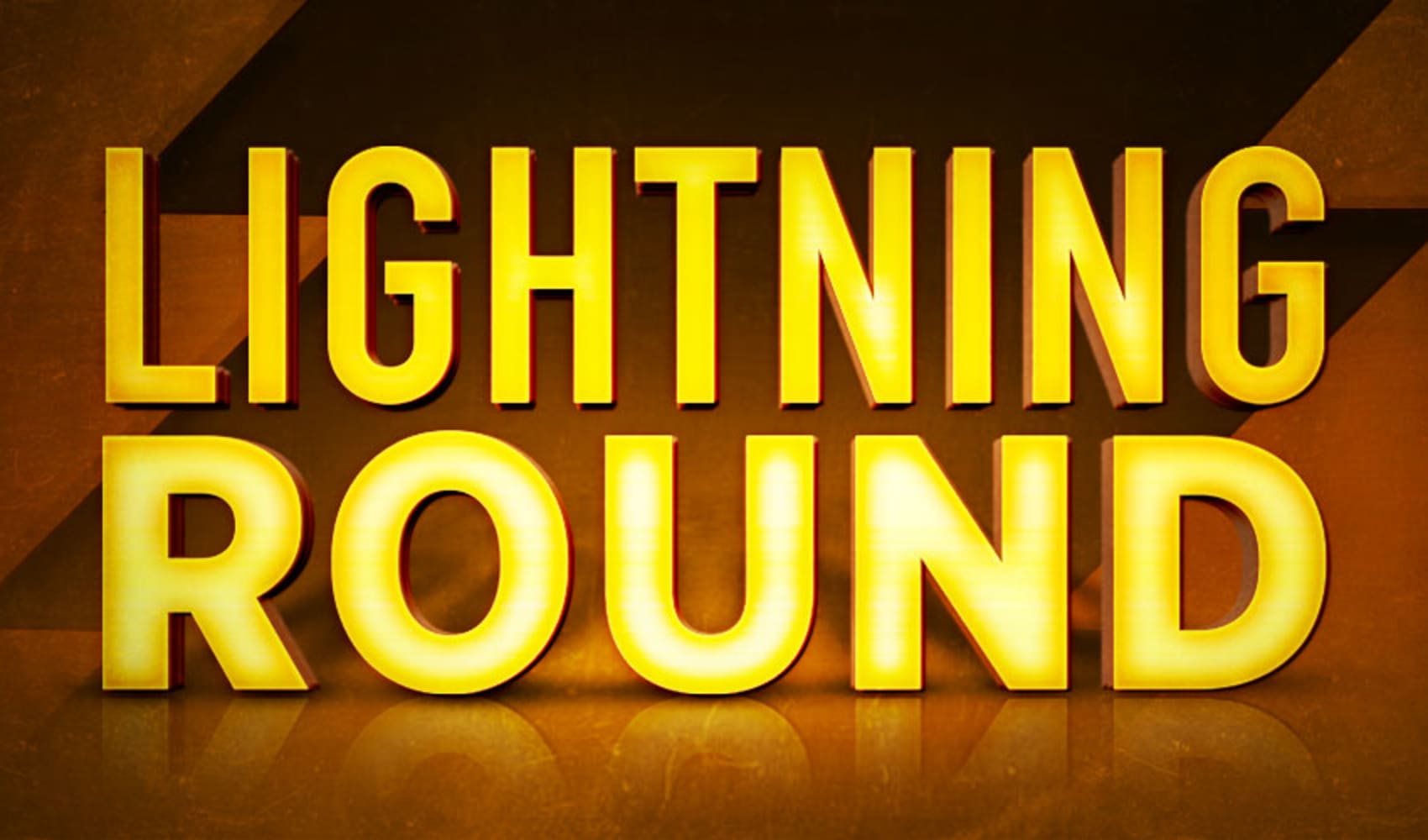
Bedrock cofounders (L-R) CTO Charlie Chiau and CEO Anthony DiMare
- A start-up called Bedrock has developed electric, autonomous submarines and software that map the seafloor to help identify sites that are suited for offshore wind farms.
- The U.S. has been a global laggard in offshore wind power, with just one active facility that started commercial operations in 2016.
- However, the Biden administration is pushing for a massive increase in U.S. offshore wind capacity by 2030.
In March, the departments of Energy, Interior and Commerce said they were aiming for U.S. offshore wind capacity to hit 30 gigawatts (GW) by 2030, a hugely optimistic goal that would require thousands of new wind turbines to be installed off the Atlantic, Pacific and Gulf coasts.
With federal support locked in, now it's up to developers and operators to figure out where it's safe to install offshore wind farms and pursue permits.
Bedrock, a Richmond, California, start-up, wants to help them map the seafloor using electric autonomous underwater vehicles (e-AUV) that can launch right from the shore.
Get top local stories in San Diego delivered to you every morning. Sign up for NBC San Diego's News Headlines newsletter.
Traditionally, marine surveys would require a large, crewed ship and heavy sonar equipment that would generate terabytes of data stored on hard drives that had to be mailed somewhere for processing and analysis.
Marine surveys like that can cost hundreds of thousands of dollars and take up to a full year, says Bedrock co-founder and CEO Anthony DiMare.
By contrast his company's electric mini sub gathers data using lighter-weight sonar and other sensors, then transmits it to Bedrock's cloud-based service. The company's Mosaic software makes it usable almost right away from a work PC.
Money Report
Bedrock's electric submarines run on a lithium-ion battery that can be swapped out for a freshly charged one when needed. They run for 12- or 24-hour missions, typically at a speed of 2 to 3 knots (or less than 5 mph) to conduct surveys up to 300 meters in depth.
Bedrock was co-founded in 2019 by DiMare, a repeat entrepreneur and mechanical engineer, along with CTO Charlie Chiau, a former SpaceX systems integration engineer.
They told CNBC the company is focused on the needs of the domestic offshore wind industry right now, further motivated by the urgency of the IPCC report earlier this month.
However, Bedrock's seafloor mapping technology can be put to use in many other industries. For example, it can find aging oil and gas infrastructure that may need to be decommissioned. It can also be used for data center planning underwater.

To test the AUVs before they're taken to the open water, Chiau says Bedrock has installed a 20-foot long, 5-foot deep circular tank in its Richmond office. This functions like an underwater treadmill, mimicking currents and conditions an electric submarine would likely encounter in an ocean or perhaps the Great Lakes.
The company has just one electric submarine operating commercially at this time, but the founders intend to build and send fleets of them into the water.
In March, Bedrock closed an $8 million seed round of funding, which it plans to use for hiring, refinements and production of more of its electric submarines, as well as cloud services and software development.
DiMare said the first 50 gigabytes of seafloor data will always be free for any user of the company's Mosaic software to store and access. It was important to the co-founders that they give independent researchers and smaller teams access to the same kind of tools large renewable energy developers might have.

Near term, Bedrock expects to make money by selling seafloor mapping and software as a service. It will send electric AUVs to scan a specific "polygon" -- essentially a plot of land on the seafloor -- collect data, clean it up and hand it over to customers via Mosaic.
To ensure that employees at Bedrock have a personal connection to the ocean, and a strong commitment to protecting marine ecosystems, the start-up gives new hires what DiMare and Chiau call an "ocean allowance." This perk can go toward any activity, like scuba diving lessons, surfboard rentals or a guided kayaking tour.
The company is aiming to double its head count from around 25 employees today to 50 in the next year, and to help the U.S. catch up to European nations, and eventually China, when it comes to offshore wind capacity.
The U.S. has been a global laggard with just one active offshore wind facility that started commercial operations in 2016 -- the 30 MW Block Island Wind Farm.
Correction: This story has been updated to reflect Bedrock's submarines can scan depths up to 300 meters.






